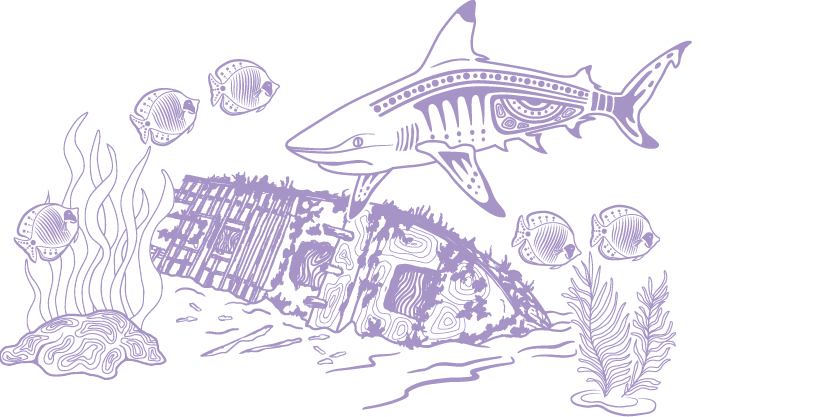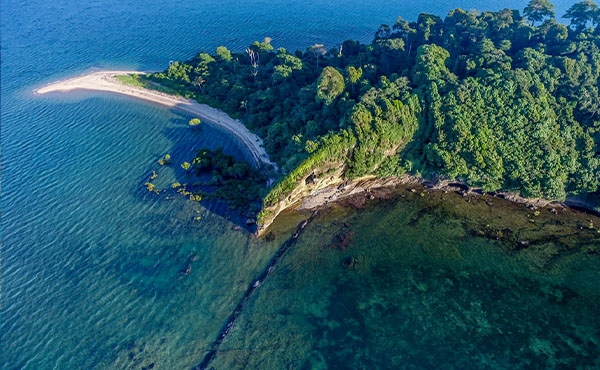Knowledge of the environment and an inherent responsibility of First Nations peoples to maintain all living species, places or objects is passed down through generations in stories, songlines, totems and languages.1119 These values form part of the cultural knowledge held by Traditional Owners. Managing agencies, such as the Reef Authority, are working with Traditional Owners to ascertain whether it is desirable or appropriate to share knowledge for reporting and management purposes.1120
A songline is a track across the land, sky or sea following a journey of a Creation Ancestor.1104 Songlines are recorded in Creation stories, songs, paintings and dance. A knowledgeable person is able to navigate across the land by repeating the words of the songs describing the location of landmarks, waterholes, and other natural phenomena. First Nations people could navigate vast distances by singing the songs in the appropriate sequence. Songlines that bind land and sea country together can also provide information about the history of an area. For example, the Gunggandji language name for Fitzroy Island is Gulnyjarubay, which means ‘fist’, and indicates that what used to be the ‘wrist’ and ‘arm’ of a once big mountain on previous coastal plains had been submerged by the rising sea.1121


